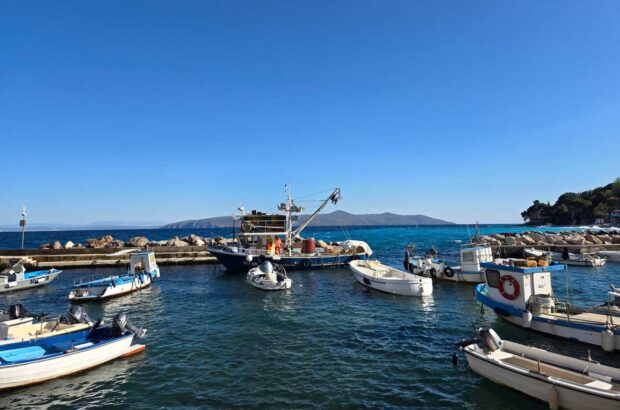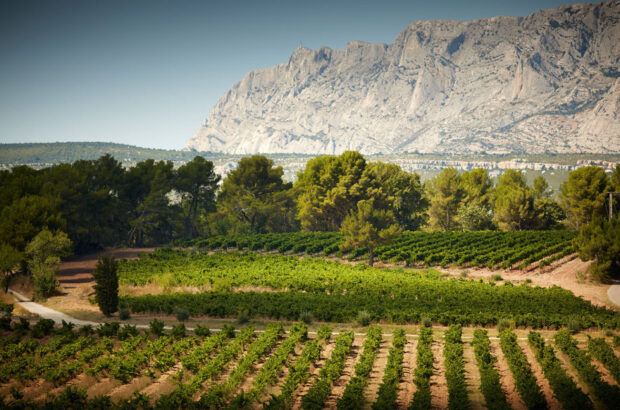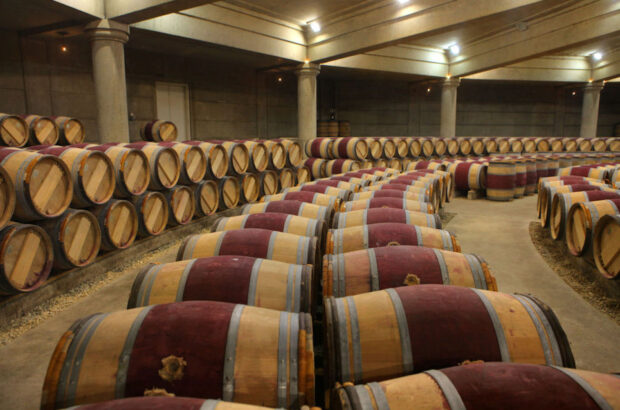See both sides of the debate as to whether both Burgundy vineyards and wines are now so expensive only the super-rich can afford them, as featured as the 'burning question' in the Decanter July 2014 issue...
Several Burgundy winemakers fear that the arrival of French luxury goods group Moët Hennessy Louis Vuitton (LVMH) in their region will lead to an unwelcome era of big company owners and ‘astronomical’ wine prices.
French billionaire Bernard Arnault’s LVMH has planted its flag in Burgundy by buying Clos des Lambrays in Morey-St-Denis, one of the region’s largest grand cru vineyards. The sale includes 8.66 hectares of vines and the winemaking property of Domaine des Lambrays; all employees will also transfer across. The purchase price has not been officially disclosed, but is understood to be in the region of €100m.
Reaction to the deal has been mixed. Some think it will be good for publicity and point to LVMH’s commitment to quality at estates like Krug and Cheval Blanc. Others worry it represents the first drops of a deluge that could rinse Burgundy of its patchwork of small-scale producers, and erode the traditional difference in structure between Burgundy and Bordeaux. If that happens, there’s a concern some consumers may be priced out as new owners turn the region’s wines into luxury products.
A major sticking point is France’s inheritance tax system, les droits de succession. The higher vineyard prices rise, the more existing producers fear future generations will be locked out.
For its part, LVMH told Decanter it has no immediate plans to raise prices on Clos des Lambrays wines. Chief winemaker Thierry Brouhin remains in place.
One could also argue that higher global demand and limited supplies of top wines will have more effect on Burgundy prices. Top estates already command high prices. Sotheby’s sold $7.2m of Domaine de la Romanée-Conti wines at auctions last year.
So, does the LVMH deal mark a turning point for Burgundy?
Yes
‘There are several growers who don’t see this as a good thing, because tomorrow there will be no winemakers who are also owners,’ said Stéphane Magnien, whose namesake domaine also lies in Morey-St-Denis. ‘The old Burgundy that we know will no longer exist. It will be run by businessmen and respond to the market.’
Some producers feel there is an ethical point in ensuring Burgundy’s wines can be readily afforded by those who want to drink them, rather than be fodder for financial returns.
Succession charges could spell the demise of producers who ‘can’t, or don’t want, to charge astronomical prices for bottles’, said Magnien.
‘For us, it is a worrying evolution,’ Caroline Parent- Gros, of Domaine AF Gros, said of the LVMH deal. ‘The cost of the land in Burgundy has increased so much that it is now totally disconnected from the profitability (cost efficiency) of a domaine. Owning a vineyard is today closer to owning a piece of art than a productive asset.
‘Our concern is that, in a couple of years, family domaines will have to sell their vineyards to big financial groups. The good point in the Clos des Lambrays sale to LVMH is that it is a French group that acquired it.’
No
Some Burgundians do not see the LVMH deal as a watershed moment. ‘LVMH will do its best to make the best wine possible,’ said Frédéric Drouhin, president of Maison Joseph Drouhin. ‘What they will achieve will help all the other producers of the neighbouring appellations.’
For Drouhin, it is important that Clos des Lambrays has been bought by a familycontrolled company, albeit one with a luxury goods empire. Inheritance tax is already a big challenge, he added.
Prices are already up significantly for top Burgundy wines. The Liv-ex Burgundy 150 index, which tracks the 10 most recent physical vintages of 15 white and red Burgundy, hit a record high in November 2013.
‘Of course, we may say that prices are high,’ said Drouhin. ‘If we look back 10 or 12 years, we had the same comments and th wines are now even more expensive.’
‘Is buying Clos des Lambrays such a big deal? It’s not particularly well-known and the wines are not in the super league so it doesn’t really register on the wine investment Richter scale,’ said Will Beck, of Wine Asset Managers. ‘If LVMH uses it as a springboard to further acquisitions in Burgundy it may become more meaningful.’
Written by Decanter







